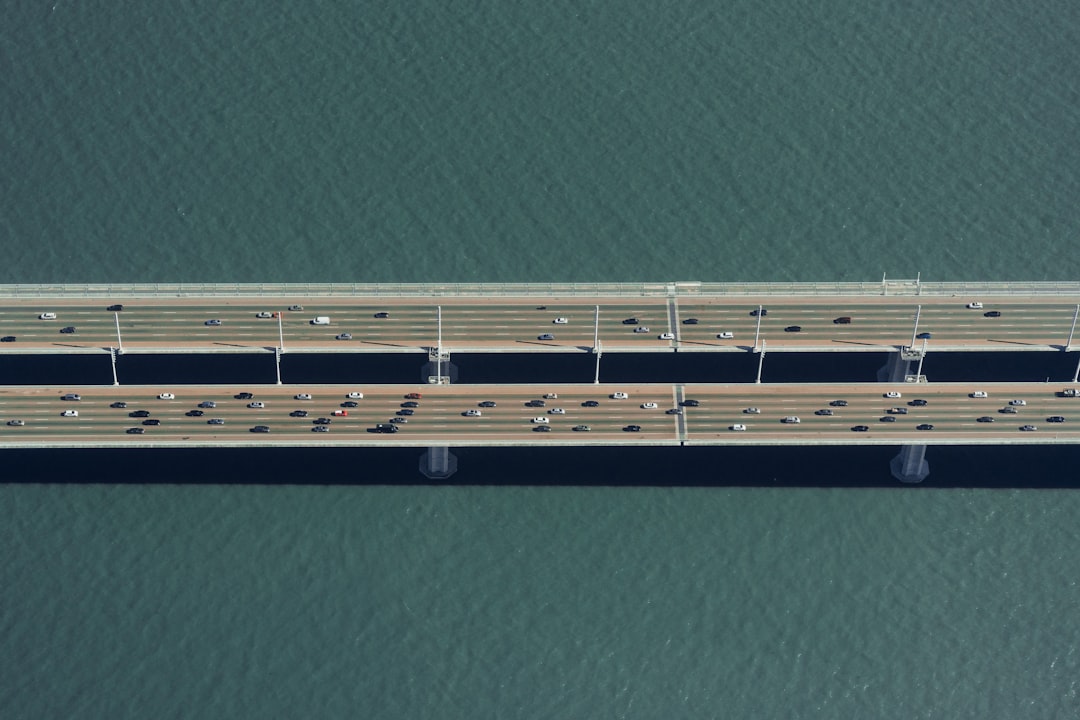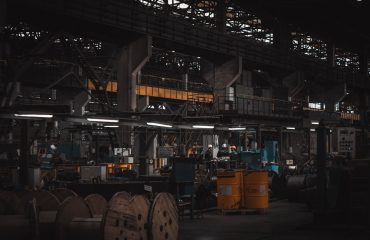body {
font-family: sans-serif;
line-height: 1.6;
}
h1, h2, h3 {
color: #333;
}
h1 {
font-size: 2.5em;
}
h2 {
font-size: 2em;
}
h3 {
font-size: 1.5em;
}
Steel bridges, marvels of engineering, grace our landscapes, connecting communities and facilitating trade. Their design is a complex interplay of structural mechanics, material science, and economic considerations. This comprehensive guide delves into the key aspects of designing these magnificent structures.
1. Understanding Load Requirements and Defining the Design Scope
Before a single beam is drawn, a thorough understanding of the intended load is crucial. This involves determining the anticipated traffic volume (both vehicular and pedestrian), environmental factors (wind, snow, seismic activity), and the bridge’s lifespan. Detailed load calculations, often employing sophisticated software, are essential. These calculations consider live loads (moving vehicles), dead loads (the weight of the bridge itself), and environmental loads. The design scope also includes defining the bridge’s type (arch, beam, suspension, cantilever, etc.), its overall length, and its aesthetic considerations, all while adhering to relevant building codes and safety standards (like AASHTO in the US or Eurocodes in Europe).
2. Selecting Appropriate Steel Grades and Sections
The choice of steel grade significantly impacts the bridge’s strength, durability, and cost. High-strength steels offer advantages in terms of reduced weight and material costs, but may require more specialized fabrication techniques. Factors such as weldability, corrosion resistance, and fatigue strength are crucial considerations. The selection of steel sections (I-beams, box girders, tubular sections) depends on the bridge’s type, span length, and load distribution. Finite element analysis (FEA) is frequently employed to model the bridge’s behavior under various load conditions and optimize the section selection for maximum efficiency and safety.
3. Detailed Structural Analysis and Design Calculations
This stage involves rigorous calculations to ensure the bridge’s structural integrity. Engineers use sophisticated software packages to model the bridge’s behavior under various loading conditions, analyzing stresses, strains, and deflections. This analysis considers both static and dynamic loading, accounting for factors like wind gusts, seismic events, and vehicle braking forces. The results of this analysis guide the design of individual components, ensuring that each element (beams, columns, bracing, connections) can withstand the anticipated stresses. Detailed drawings and specifications are created, providing precise dimensions and fabrication details for the construction team.
4. Addressing Corrosion Protection and Maintenance
Steel’s susceptibility to corrosion necessitates careful consideration of protective measures. This often involves applying protective coatings (paints, zinc galvanization, or other specialized coatings) to prevent rust and extend the bridge’s lifespan. The choice of coating depends on the environment (coastal regions require more robust protection) and the bridge’s aesthetic requirements. Regular inspection and maintenance programs are crucial to identify and address any signs of deterioration early on, preventing costly repairs or replacements in the future. Careful consideration must be given to the accessibility of different parts of the bridge for inspection and maintenance during the design phase.
5. Fabrication, Erection, and Quality Control
The design process culminates in the fabrication and erection of the bridge. Detailed fabrication drawings are provided to the steel fabricators, who create the individual components with high precision. Modern fabrication techniques, such as computer-numerical control (CNC) machining, ensure accuracy and efficiency. The erection process requires careful planning and execution, often employing specialized equipment like cranes and lifting systems. Rigorous quality control procedures are implemented throughout the entire process, from material testing to final inspection, ensuring that the finished bridge meets the design specifications and safety standards. This stage also incorporates the design of temporary supports and shoring systems necessary during the construction phase.
Designing a steel bridge is a multifaceted endeavor demanding expertise in structural engineering, material science, and construction management. Every stage, from initial concept to final inspection, requires meticulous attention to detail and adherence to the highest safety standards. The result is a structure that not only serves its functional purpose but also stands as a testament to human ingenuity and engineering prowess.
SEO-Friendly Tags:
- Steel Bridge Design
- Bridge Engineering
- Structural Steel Design
- Bridge Construction
- Civil Engineering




